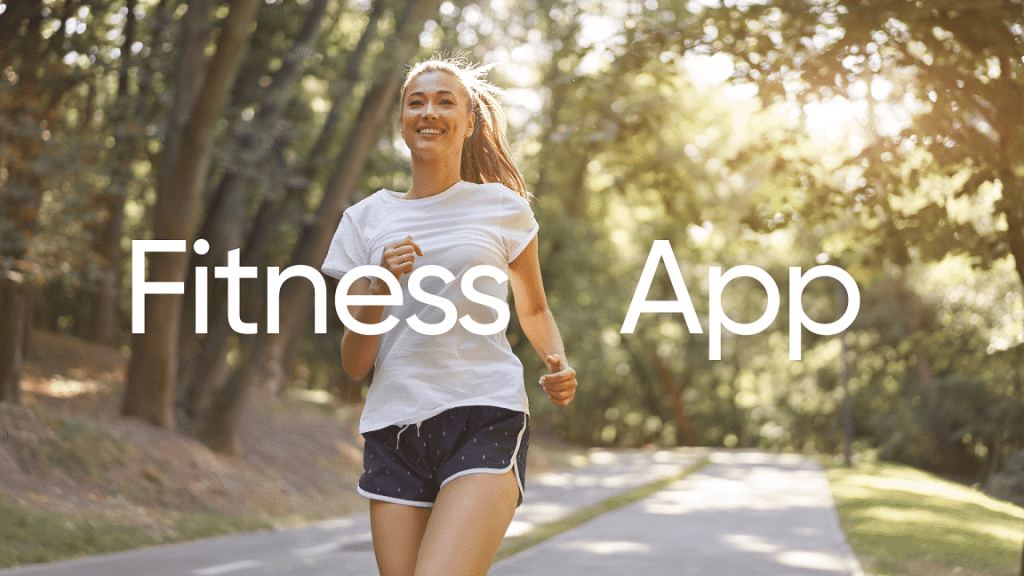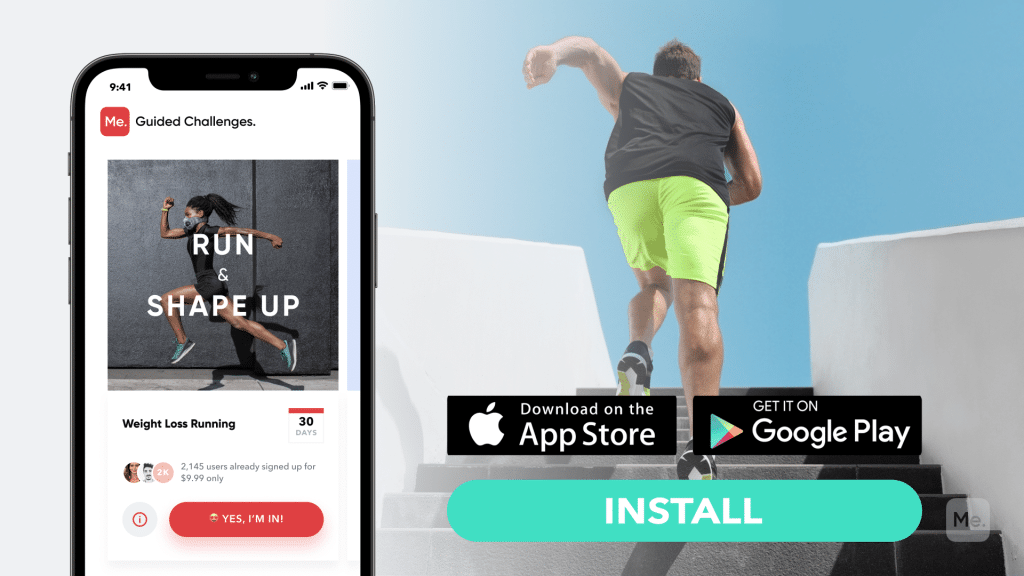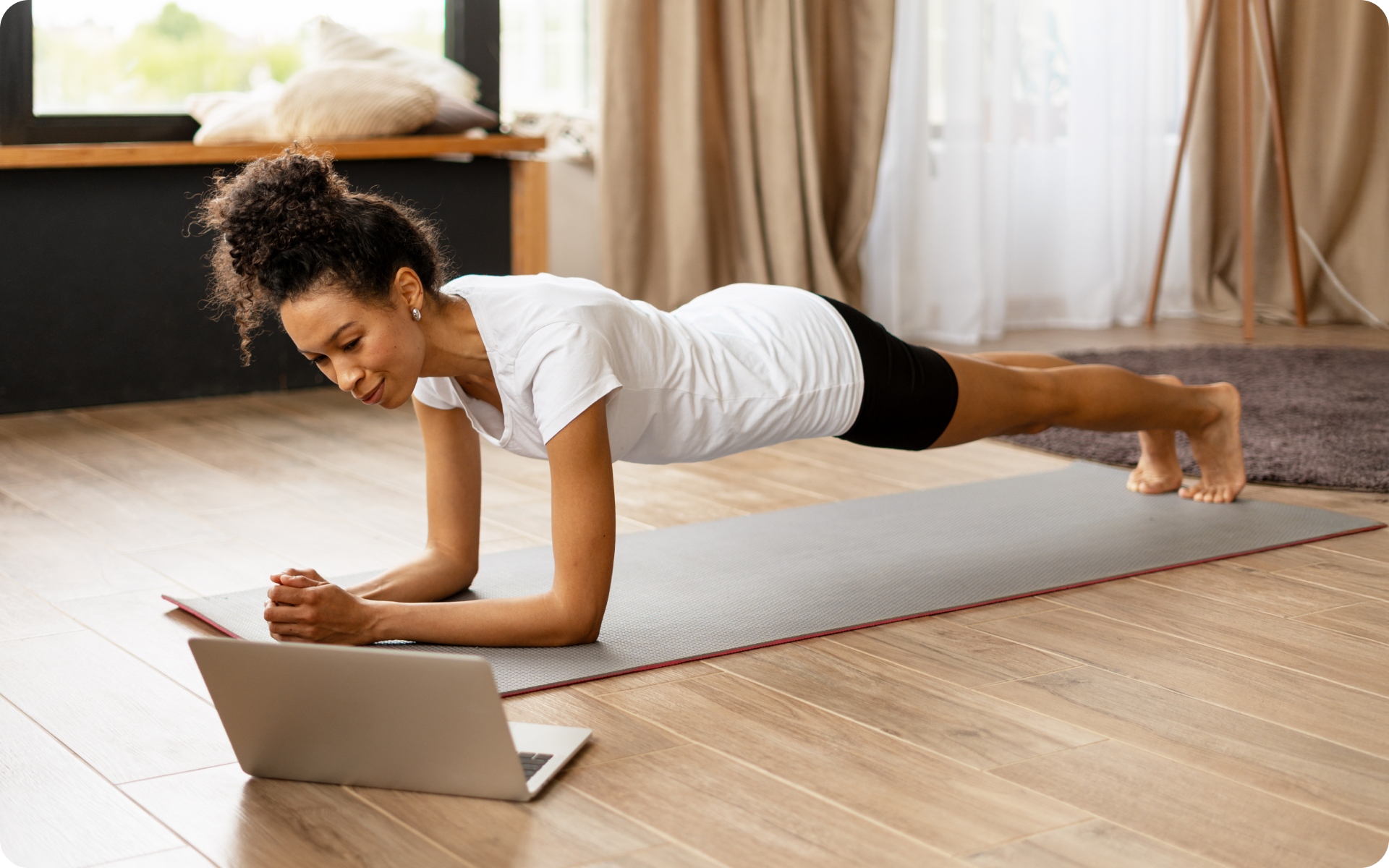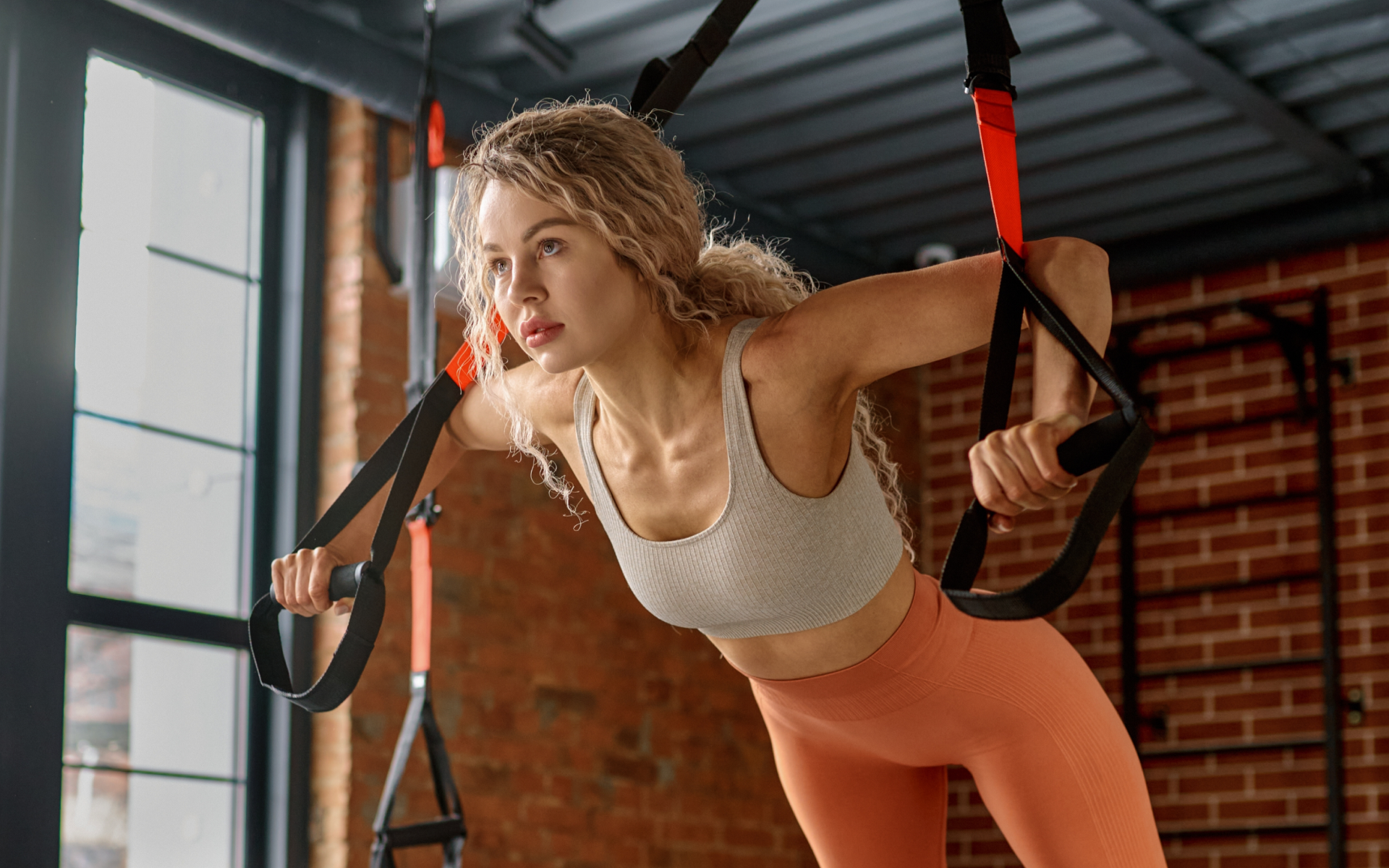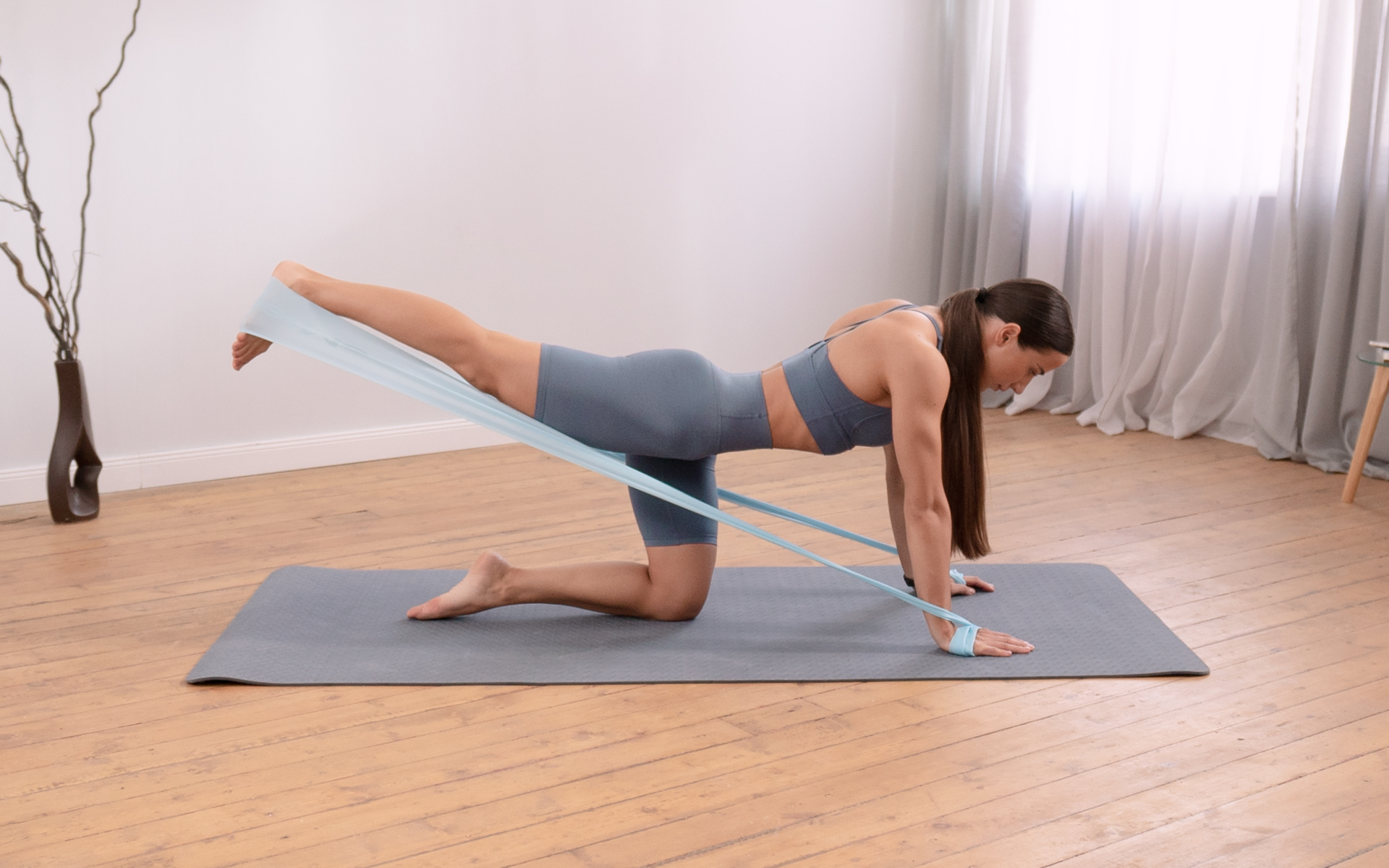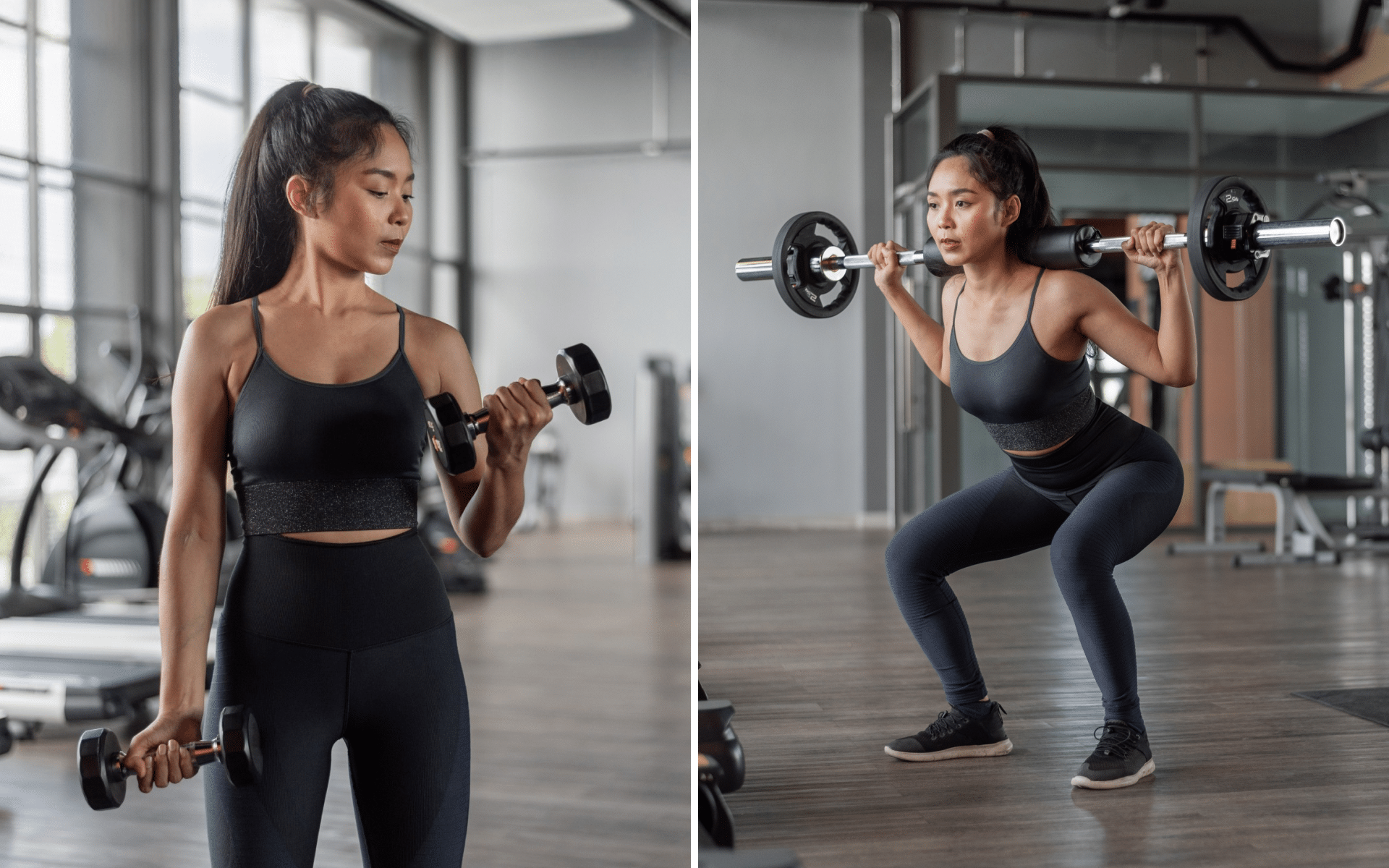Running is a great way to stay in shape and maintain an active lifestyle. It can also be a really enjoyable hobby that you can do with your friends or family members. Running has many benefits, but it’s not always easy to get started because there are so many things involved-running shoes, the right clothes, how far you want to go each time and what about safety? This article will cover all of those concerns so you’ll feel confident getting out on the road!
Get your personalized
meal plan!
Why Run? 7 Benefits That Make It Worth The Effort
If you’re looking for a running training plan for beginners, it means that you are interested in giving running a try, but you’re not sure how to start.
There are many reasons why you would want to become a runner, but the most common one is that running can be really rewarding and could improve your life in many ways.
Running long term has been scientifically proven to have numerous health benefits, including:
Improved Cardio-Respiratory Endurance
Cardio-respiratory endurance is the ability of your heart, lungs, and the rest of your muscles to work together efficiently over an extended period of time. This means that you can run at a sustained speed for long periods of time without getting tired (7).
Improved Mental Health & Wellbeing
Running has been proven to have many mental health benefits as well, including reduced stress levels and anxiety. Regular running also makes it easier to cope with stressful situations in life since it has a strong connection with positive emotions (1).
Weight Loss & Management
There are lots of ways to lose weight but if you want results quickly then losing weight through running is one way to do it. And because losing weight requires very few fancy things, you can easily do it without much difficulty.
Running is also considered a great way to manage weight in the long term because of its positive effects on metabolism and other important bodily functions (2).
Improved Strength & Muscle Tone
Running helps strengthen your muscles which could make you look better physically. You can avoid looking shapeless by adding running into your routine because it works to help tone down your muscles for an appealing physique (3).
Stronger Bones & Joints
Running builds up stronger bones over time, making them less prone to injury when you’re engaging in strenuous activities like rushing here and there. Running is also beneficial for your joints since it improves the supply of lubrication, thus easing any pain they might cause when under pressure from your body weight (6).
Improved Blood Circulation
Running improves blood circulation, which is why it’s recommended for older individuals who are beginning to feel the effects of age on their bodies. Otherwise, the risk of cardiovascular disease-related death increases as you get older (9).
Reduced Risk Of Chronic Diseases
Runners have a much lower risk of developing chronic diseases like cancer, diabetes, and arthritis. This is because runners have a physically active lifestyle and also adopt healthy eating habits which protect them from such diseases (4).
All this means that running isn’t just an activity you do for the sake of it; it has numerous benefits towards your overall health and wellbeing, all of which contribute to making you feel good about yourself!
Read More: Running For 30 Minutes: Benefits And How To Get Started
How To Start Running As A Beginner – The Essential Guide
Running can feel daunting at first because it requires a lot of effort to get started. But the truth is that even beginners can start running without much trouble. With that in mind, you shouldn’t let your lack of experience prevent you from trying something that’ll bring you so much good!
Before we go into the guide, it’s important to understand the different types of running to help you identify which one best suits your needs.
There are two types of running: Endurance running and HIIT (High-Intensity Interval Training) running.
Endurance running is a type of running where you maintain a consistent pace throughout the entire run. HIIT, on the other hand, involves sprinting for a set amount of time before resting and then repeating the cycle.
Both types of running have their own benefits, and it’s up to you to decide which one you want to focus on.
If you’re a beginner, we recommend starting with endurance running because it’s more forgiving and allows you to gradually increase your speed over time.
Now that we’ve got that out of the way, let’s get into the training plans.
5K Running Plan For Beginners
If you’re looking to complete your first 5k race, this is the running plan for you.
The training schedule below will gradually increase your running time and distance so that by the end of the program, you’ll be able to complete a 5k race without any trouble.
Week 1
- Day 1: Walk for 5 minutes and then run for 2 minutes. Repeat this cycle 4 times.
- Day 2: Walk for 5 minutes and then run for 3 minutes. Repeat this cycle 4 times.
- Day 3: Rest
- Day 4: Walk for 5 minutes and then run for 4 minutes. Repeat this cycle 4 times.
- Day 5: Walk for 5 minutes and then run for 5 minutes. Repeat this cycle 4 times.
Week 2
- Day 1: Walk for 5 minutes and then run for 3 minutes. Repeat this cycle 4 times.
- Day 2: Walk for 5 minutes and then run for 4 minutes. Repeat this cycle 4 times.
- Day 3: Walk for 5 minutes and then run for 5 minutes. Repeat this cycle 4 times.
- Day 4: Rest
- Day 5: Walk for 5 minutes and then run for 6 minutes. Repeat this cycle 3 times.
Week 3
- Day 1: Walk for 5 minutes and then run for 4 minutes. Repeat this cycle 4 times.
- Day 2: Walk for 5 minutes and then run for 5 minutes. Repeat this cycle 4 times.
- Day 3: Walk for 5 minutes and then run for 6 minutes. Repeat this cycle 4 times.
- Day 4: Rest
- Day 5: Walk for 5 minutes and then run for 7 minutes. Repeat this cycle 3 times.
Week 4
- Day 1: Walk for 5 minutes and then run for 5 minutes. Repeat this cycle 4 times.
- Day 2: Walk for 5 minutes and then run for 6 minutes. Repeat this cycle 4 times.
- Day 3: Walk for 5 minutes and then run for 7 minutes. Repeat this cycle 4 times.
- Day 4: Rest
- Day 5: Walk for 5 minutes and then run for 8 minutes. Repeat this cycle 3 times.
Week 5
- Day 1: Walk for 5 minutes and then run for 9 minutes. Repeat this cycle 3 times.
- Day 2: Walk for 5 minutes and then run for 10 minutes. Repeat this cycle 2 times.
- Day 3: Rest
- Day 4: Walk for 5 minutes and then run for 12 minutes. Repeat this cycle 2 times.
- Day 5: Walk for 5 minutes and then run for 14 minutes. Repeat this cycle 2 times.
Whether you’re looking to simply pep up your fitness routine, jazz up your diet with mouth-watering low-calorie recipes or want to get your act together and significantly drop that number on your scale – BetterMe app has got you covered! Improve your body and revamp your life with us!
Week 6
- Day 1: Walk for 5 minutes and then run for 10 minutes. Repeat this cycle 3 times.
- Day 2: Walk for 5 minutes and then run for 11 minutes. Repeat this cycle 3 times.
- Day 3: Rest
- Day 4: Walk for 5 minutes and then run for 13 minutes. Repeat this cycle 2 times.
- Day 5: Walk for 5 minutes and then run for 15 minutes. Repeat this cycle 2 times.
Week 7
- Day 1: Run for 30 minutes.
- Day 1: Walk for 5 minutes and then run for 16 minutes. Repeat this cycle 2 times.
- Day 2: Walk for 5 minutes and then run for 17 minutes. Repeat this cycle 2 times.
- Day 3: Rest
- Day 4: Walk for 5 minutes and then run for 18 minutes. Repeat this cycle 2 times.
- Day 5: Run for 30 minutes.
Week 8
- Day 1: Run for 35 minutes.
- Day 2: Walk for 5 minutes and then run for 19 minutes. Repeat this cycle 2 times.
- Day 3: Rest
- Day 4: Walk for 5 minutes and then run for 20 minutes. Repeat this cycle 2 times.
- Day 5: Run for 35 minutes.
10K Running Plan For Beginners
If you’re looking to complete your first 10k race, this is the running plan for you.
The training schedule below will gradually increase your running time and distance so that by the end of the program, you’ll be able to complete a 10k race without any trouble.
Week 1
- Day 1: Walk for 5 minutes and then run for 2 minutes. Repeat this cycle 4 times.
- Day 2: Walk for 5 minutes and then run for 3 minutes. Repeat this cycle 4 times.
- Day 3: Rest
- Day 4: Walk for 5 minutes and then run for 4 minutes. Repeat this cycle 4 times.
- Day 5: Walk for 5 minutes and then run for 5 minutes. Repeat this cycle 4 times.
Week 2
- Day 1: Walk for 5 minutes and then run for 3 minutes. Repeat this cycle 4 times.
- Day 2: Walk for 5 minutes and then run for 4 minutes. Repeat this cycle 4 times.
- Day 3: Walk for 5 minutes and then run for 5 minutes. Repeat this cycle 4 times.
- Day 4: Rest
- Day 5: Walk for 5 minutes and then run for 6 minutes. Repeat this cycle 3 times.
Week 3
- Day 1: Walk for 5 minutes and then run for 10 minutes. Repeat this cycle 2 times.
- Day 2: Walk for 5 minutes and then run for 11 minutes. Repeat this cycle 2 times.
- Day 3: Rest
- Day 4: Walk for 5 minutes and then run for 12 minutes. Repeat this cycle 2 times.
- Day 5: Walk for 10 minutes and then run for 15 minutes. Repeat this cycle 2 times
Week 4
- Day 1: Run for 30 minutes
- Day 2: Rest
- Day 3: Run for 30 minutes
- Day 4: Rest
- Day 5: Run for 30 minutes
Read More: Ultramarathon Training Plan: How To Build Endurance For Running 50 Miles Or More
Week 5
- Day 1: Run for 30 minutes
- Day 2: Rest
- Day 3: Run for 40 minutes
- Day 4: Rest
- Day 5: Run for 40 minutes
Week 6
- Day 1: Rest
- Day 2: Rest
- Day 3: Run for 50 minutes
- Day 4: Rest
- Day 5: Run for 40 minutes
Week 7
- Day 1: Rest
- Day 2: Run to get a time of 1 hour and 15 minutes to complete your first 10k race
- Day 3: Rest
- Day 4: Run to get a time of 1 hour and 20 minutes to complete your first 10k race
- Day 5: Rest
What Do I Need To Get Started With Training For My First 5K Or 10K Race?
Here is the most important gear you should have for training and race day:
The Right Shoes
You don’t need to spend a lot on good running shoes, but you do need to make sure they are comfortable, well fit, and are appropriate for your foot type. Most importantly, the right kind of shoe will absorb impact shock while you run (5).
The Right Clothing
You don’t need to wear special running clothes when you’re just starting out. Just choose comfortable, breathable fabrics. If you do want to wear special gear for your first 5k or 10k race, make sure it won’t slow you down and that it wicks away moisture so that you remain as cool and dry as possible during your run.
The Right Tech
You can track your time, distance, and pace using a running watch or smartphone’s GPS app. If you want to take things a bit further, heart rate monitors also provide additional data that can help guide your training.
Having these tools during your training helps to ensure you’re on track and making progress, which can help to keep you motivated.
If you struggle to even flirt with the idea of giving up your favorite foods or working out till your legs give way – BetterMe app is here to breathe a fresh perspective into the way you view the weight loss process! Check out the app and experience the fun side of fitness and dieting with BetterMe!
How Often Should I Run To Prepare For A 5K Or 10K Race?
If you’re just starting out, aim to run 3-4 times per week. As your fitness level improves, you can gradually increase this to 5 times per week in the final weeks leading up to your race.
How Long Does It Take To Prepare For A 5K Or 10K Race?
Plan for 4 months of training if you’re a beginner or haven’t recently been exercising, and 2-3 months if you have been running on and off for a while. This time frame will vary depending on how often you are able to run and how fast you want to be running on race day.
What’s The Best Way To Start Training For A 5K Or 10K Race?
If you’re new to running, start by following a basic running plan like the one provided in this article. Gradually increase your distance and time as your fitness level improves (8). And remember to always listen to your body-if you feel like you need a day off, take it! You don’t want to push yourself too hard and end up getting injured.
If you’ve been running on and off for a while, start by increasing the distance of your longest run each week. For the weeks leading up to your race, taper off so that your muscles are adequately rested and primed for race day.
No matter what level of runner you are, following a plan is the best way to ensure you’re making progress and reaching your goals.
What Should I Eat To Maximize My Results?
A healthy, balanced diet is the best way to support your training. Aim for plenty of vegetables, fruits, whole grains, lean protein sources like poultry and fish, and good fats like olive oil. And make sure to drink plenty of water and stay well-hydrated (especially when you’re training hard).
How Do I Avoid Injury During Training?
Poor training, a lack of rest, and not warming up properly before a run are the most common reasons for injuries during running. Follow the tips below to maximize your results while minimizing your risk of getting hurt (8):
- Make sure to gradually increase your distance and time as you progress in your training.
- Always listen to your body-if you feel like you need a day off, take it!
- Warm up properly before every run by doing some light stretching and easy running.
- Take a few days off each week to rest and allow your body to recover.
- Cross-train regularly to build strength and avoid overuse injuries.
- Seek professional help if you’re experiencing pain or discomfort that doesn’t go away with rest and cross-training.
The Bottom Line
Running is a great way to get in shape and improve your overall health. If you’re just starting out, follow a basic running plan and gradually increase your distance and time as your fitness level improves. And make sure to eat a healthy, balanced diet to support your training. Remember to always listen to your body and take days off when you need them.
DISCLAIMER:
This article is intended for general informational purposes only and does not serve to address individual circumstances. It is not a substitute for professional advice or help and should not be relied on for making any kind of decision-making. Any action taken as a direct or indirect result of the information in this article is entirely at your own risk and is your sole responsibility.
BetterMe, its content staff, and its medical advisors accept no responsibility for inaccuracies, errors, misstatements, inconsistencies, or omissions and specifically disclaim any liability, loss or risk, personal, professional or otherwise, which may be incurred as a consequence, directly or indirectly, of the use and/or application of any content.
You should always seek the advice of your physician or other qualified health provider with any questions you may have regarding a medical condition or your specific situation. Never disregard professional medical advice or delay seeking it because of BetterMe content. If you suspect or think you may have a medical emergency, call your doctor.
SOURCES:
- A Scoping Review of the Relationship between Running and Mental Health (2020, nih.gov)
- Greater Weight Loss from Running than Walking during 6.2-yr Prospective Follow-up (2014, nih.gov)
- Muscle Strength and Flexibility in Male Marathon Runners: The Role of Age, Running Speed and Anthropometry (2019, frontiersin.org)
- Physical Activity Prevents Chronic Disease (n.d., cdc.gov)
- Systematic Review of the Role of Footwear Constructions in Running Biomechanics: Implications for Running-Related Injury and Performance (2020, nih.gov)
- The effect of long-distance running on bone strength and bone biochemical markers (2019, nih.gov)
- Training and Evaluation of Human Cardiorespiratory Endurance Based on a Fuzzy Algorithm (2019, nih.gov)
- TRAINING ERRORS AND RUNNING RELATED INJURIES: A SYSTEMATIC REVIEW (2012, nih.gov)
- Walking vs running for hypertension, cholesterol, & diabetes risk reduction (2013, nih.gov)




